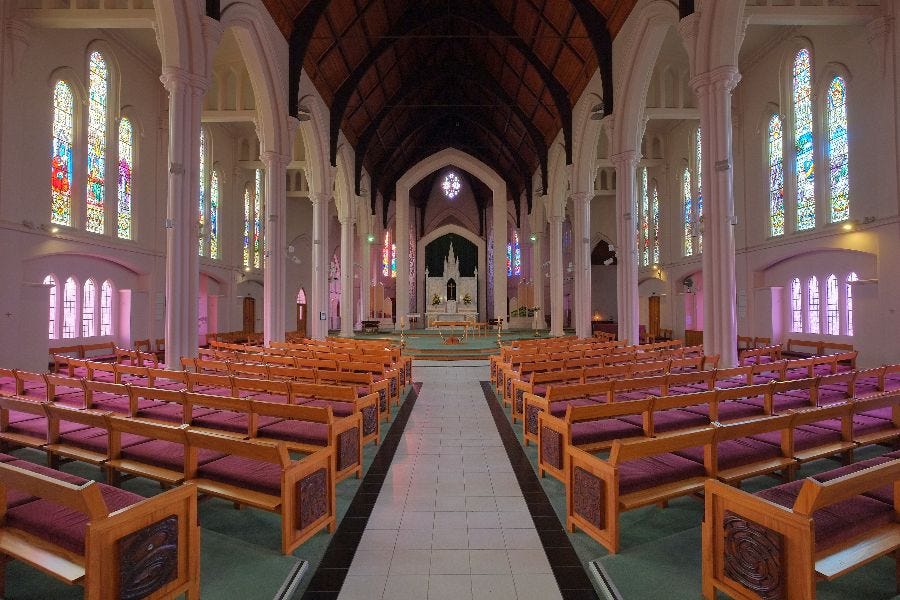Has the Vatican forgotten to replace New Zealand’s bishops?
One third of Catholic dioceses in the country are currently vacant. But why?

Has the Vatican forgotten to replace New Zealand’s bishops?
You can see why it might have slipped Vatican officials’ minds. New Zealand is not exactly in the Holy See’s neighborhood, after all: it takes a full day to fly from Rome to Wellington, the capital of the island country that lies in the Pacific Ocean.
Also, there are barely half a million Catholi…
